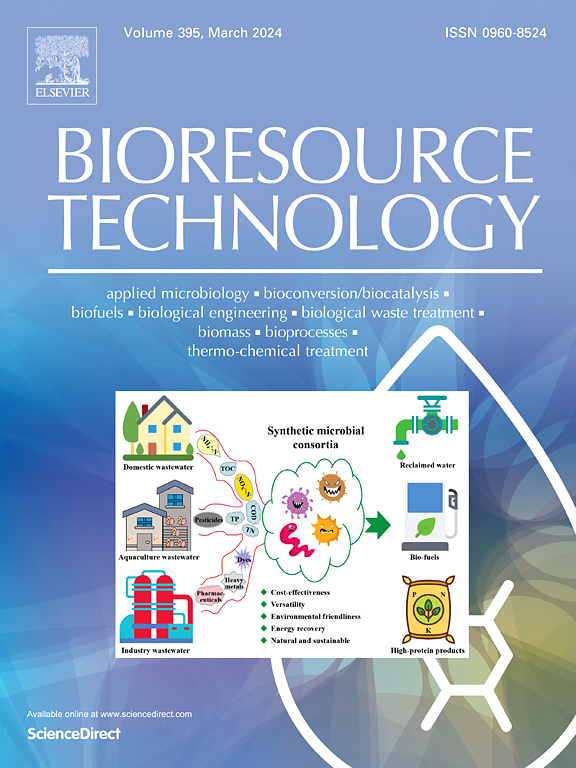Secretory and metabolic engineering of squalene in Yarrowia lipolytica
IF 9.7
1区 环境科学与生态学
Q1 AGRICULTURAL ENGINEERING
引用次数: 0
Abstract
This short communication systematically explored ATP-binding cassette (ABC) transporters and developed a carrier protein-mediated metabolite trafficking system to engineer Yarrowia lipolytica for secretion of squalene. Specially, the squalene biosynthesis pathway was overexpressed to improve squalene production. Subsequently, a series of ABC transporters and oxysterol-binding proteins (OSH) were screened, with the combination of SNQ2 and OSH3 showing the most significant improvement in squalene secretion. Additionally, we designed a carrier protein-mediated metabolite trafficking system by fusing the binding domain of OSH3 with a secretion signal peptide. This approach, combined with the optimization of signal peptides, increased squalene secretion to 144.67 mg/L, which represented a 17-fold improvement over the initial strain. This system also demonstrated versatility by facilitating the extracellular export of β-carotene. In fed-batch cultivation, the engineered strain secreted 3.43 g/L of squalene extracellularly, accounting for 27.2 % of the total production. It represented the highest secretion level reported to date. This study establishes an efficient secretion platform for the transport of membrane-impermeable squalene in Y. lipolytica, providing valuable insights and strategies for the microbial production of terpenoids.

求助全文
约1分钟内获得全文
求助全文
来源期刊

Bioresource Technology
工程技术-能源与燃料
CiteScore
20.80
自引率
19.30%
发文量
2013
审稿时长
12 days
期刊介绍:
Bioresource Technology publishes original articles, review articles, case studies, and short communications covering the fundamentals, applications, and management of bioresource technology. The journal seeks to advance and disseminate knowledge across various areas related to biomass, biological waste treatment, bioenergy, biotransformations, bioresource systems analysis, and associated conversion or production technologies.
Topics include:
• Biofuels: liquid and gaseous biofuels production, modeling and economics
• Bioprocesses and bioproducts: biocatalysis and fermentations
• Biomass and feedstocks utilization: bioconversion of agro-industrial residues
• Environmental protection: biological waste treatment
• Thermochemical conversion of biomass: combustion, pyrolysis, gasification, catalysis.
 求助内容:
求助内容: 应助结果提醒方式:
应助结果提醒方式:


